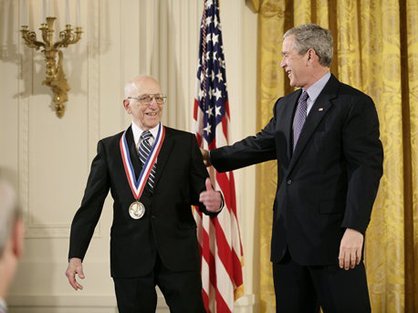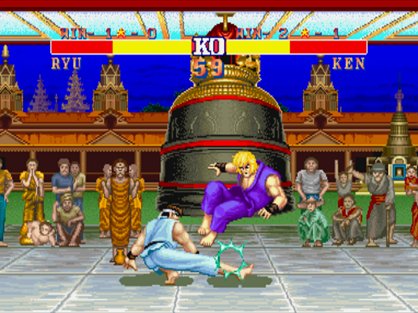The forgotten fathers of gaming you really should know about
You might not know their names, but they changed the way you play games
Game designer

Important because: She invented graphical adventures, which led to basically everything else
Forgotten because: She left gaming behind in 1998
One of the early developers inspired by the abovementioned Zork, Williams evolved adventure games by adding rudimentary graphics to enrich the traditional text descriptions. Then, in 1984, she changed absolutely everything with the release of King’s Quest.
Rather than presenting complimentary graphics alongside a text interface, KC gave players a character to manipulate within those graphics, navigating the world directly as an involved part of it. It doesn’t sound like much now, but compared to what had gone before, the innovation was as big as 3D graphics or open-world gameplay would eventually become. Following the success of King’s Quest, Williams spent the next 15 years developing both the adventure genre and her company, the legendary Sierra.
Inventor

Above: Ralph receiving the National Medal of Technology from some guy
Weekly digests, tales from the communities you love, and more
Important because: He invented game consoles
Forgotten because: He didn’t work for Nintendo or Sega in the ‘80s
A German Jew who escaped the country for America two months before the Nazi-run massacre of Kristallnacht, Baer worked his way through several electrical and electronic engineering companies after the war. Eventually joining Sanders Associates in 1956, he created a prototype device called the Brown Box in 1968. The romantically-named device rapidly became the Magnavox Odyssey and upon release, the first ever home video game console.
Twin controllers, TV output, cartridge loading, Baer came up with it all, even inventing the light gun and devising an almost Wii-like prototype for a club-controlled golf game. The Japanese companies might have eventually steamrollered the US out of the way following the great video game market crash of ’83, but the blueprint they used was all laid down by Baer.
Game designers

Important because: One word: Shoryuken
Forgotten because: Everyone remembers Ryu and Ken instead
So there was this arcade game called Street Fighter. It wasn’t very good, but Capcom felt sorry for it and gave it a sequel anyway. But Street Fighter and its sequel were like Vincent and Julius in cinematic classic Twins. Where the first game was a turd, Street Fighter II was a chiselled, towering Adonis of a thing, typified by intelligence, depth and probably really goofy expressions after sex.
Nishitani and Yasuda were the two devs who designed SFII, and in doing so they were the ones who really fired up the engine of mainstream ‘90s gaming. Arcades exploded. Competitive gaming hit new heights. Fighting games thrived and Street Fighter became a cultural touchstone for an entire generation. And Capcom’s home port of the game was the killer app that cemented Nintendo’s Super NES as a must-have console.
Game Designers

Important because: They jointly directed Super Mario Kart
Forgotten because: Everyone assumes it was all Miyamoto. Again. But he just produced it
While the Mario Kart series is one of variable quality, the first (maybe still the best) game created a genre that influences gaming to this very day. Thanks to twisty-turny Mode 7 graphics, a shedload of design imagination and a gleefully aggressive weapon system, Super Mario Kart changed racing games forever, and has given us everything from ModNation Racers to Wipeout.
Also, you can credit Super Mario Kart with the abundance of mascot-driven games in every genre these days. It might be no big deal now to see long-running characters appearing outside of their comfort zones, but in 1992 putting platform hero Mario in a car was a groundbreaking move.



